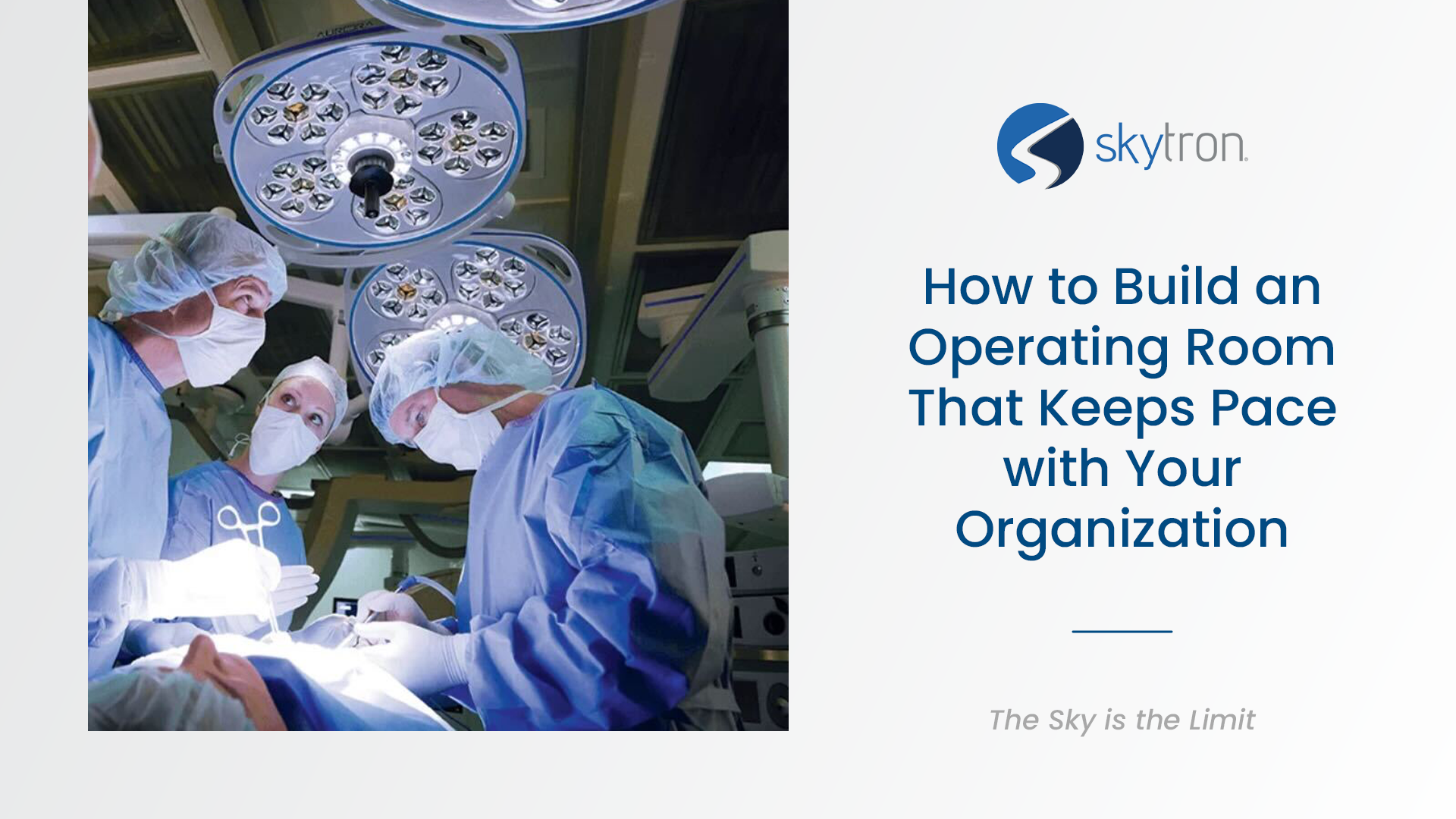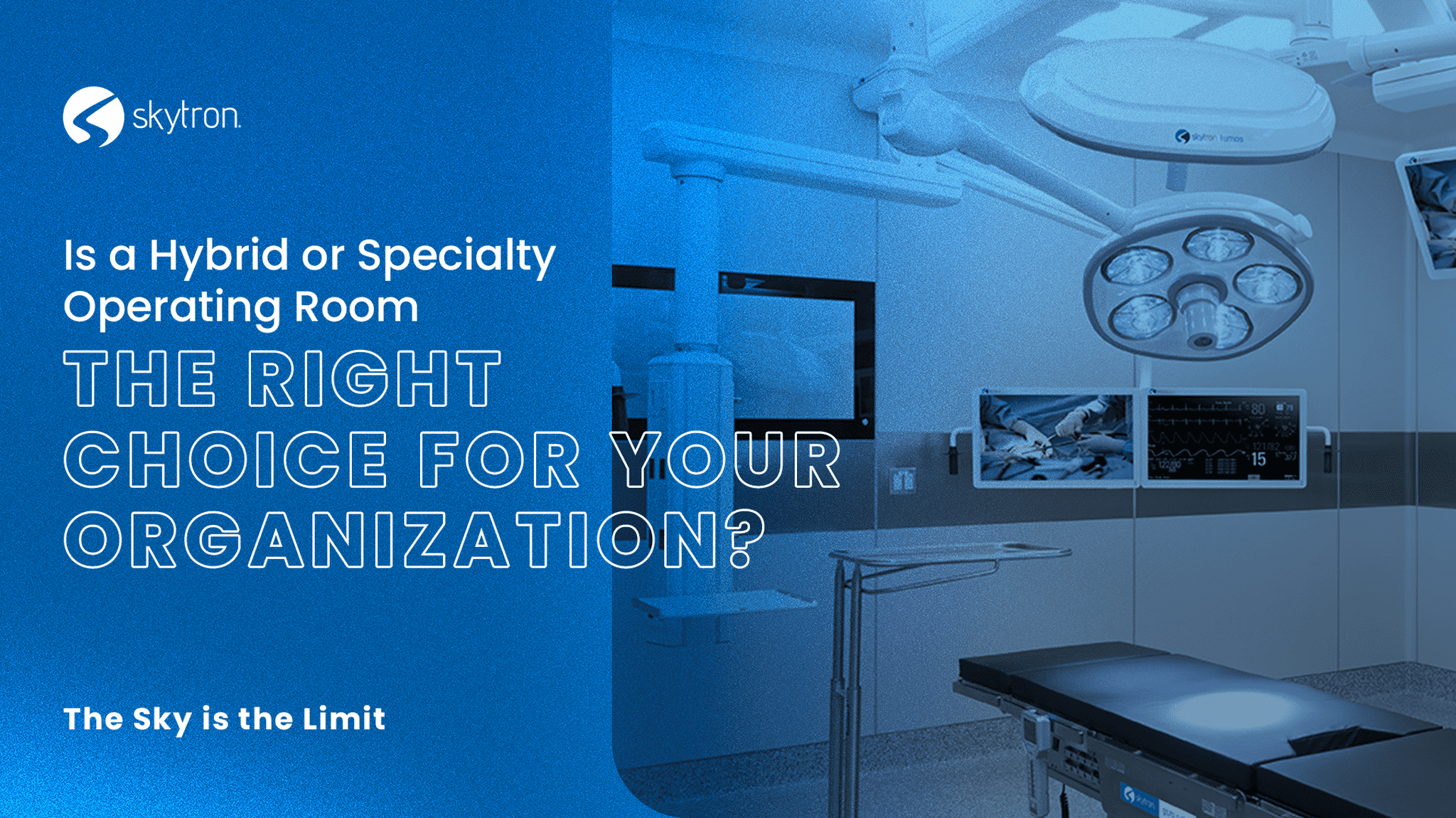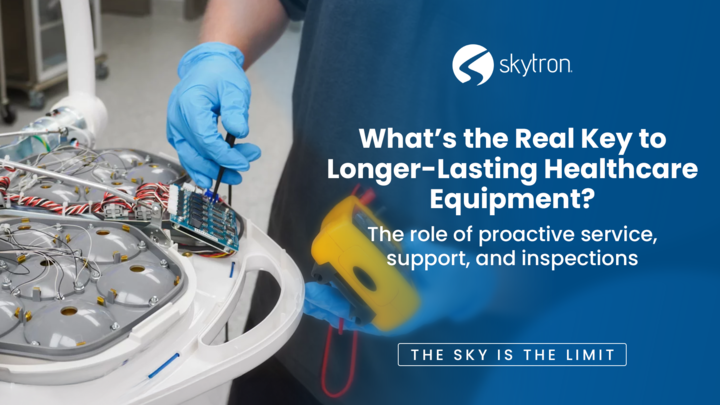
-
Written ByRebecca Kinney
-
PublishedNovember 10, 2025
A workstation setup that considers cognitive load, with clear visibility, organized tools, and ergonomic positioning, does more than make the workday easier.
Prep and pack is often seen as the assembly line of sterile processing (SP). Trays come in, instruments get inspected, sets are assembled, and everything moves on to sterilization. But those who work in SP every day know it isn’t just about throughput (the amount that can be produced and delivered in a specific timeframe). When workflow in prep and pack breaks down, the ripple effects are felt far beyond the department walls.
From delayed surgical starts to higher error rates. Even minor inefficiencies in how prep and pack is organized can create consequences for the operating room, infection prevention, and ultimately patient care. That is why workstation setup and workflow are not just about comfort or convenience; they are about safety and efficiency at the systematic level.
The Nerve Center of SPD
Prep and pack is the nerve center of sterile processing. It is where sterile outcomes are built or compromised, depending on how the environment supports the technician’s work.
If a workstation is poorly equipped or placed in a cluttered layout, reprocessing trays might not flow smoothly, inspections and testing become rushed, and errors creep in. On the surface, it looks like a slow set getting out the door. In practice, it may mean an OR team waiting on sets, a delayed procedure, or a surgeon questioning the reliability of a tray.
The Association of Perioperative Registered Nurses (AORN) notes that SPD workflow directly impacts operating room efficiency and infection control, emphasizing that prep and pack setup should be treated as a clinical support system rather than a backroom function (AORN Journal, 2021).
Standards as Design Guardrails
The good news is that industry standards provide a framework for reducing these risks. AAMI and HSPA guidelines outline best practices for prep and pack workstations, addressing lighting, counter height, visibility, and spacing between stations. These are not arbitrary details. They exist because the physical setup of the environment directly influences technician performance and accuracy.
Healthcare Purchasing News highlights that when prep and pack areas lack proper lighting or adequate counter space, technicians compensate by straining their vision, crowding trays, or stacking instruments. Each of these increases the chance of errors that follow trays into the OR (HPN, 2022).
In other words, these guidelines are not boxes to check during construction or just nice-to-have features on a station. They are practical safeguards that protect both staff and patients by supporting consistency and helping to reduce avoidable mistakes.
Human Performance and Error Prevention
Beyond standards, there is, of course, the human factor. Prep and pack requires sustained focus under time pressure. When technicians work in environments that increase cognitive load, cluttered stations, poor line of sight, repeated bending or reaching, accuracy suffers.
Research on human performance shows that errors are more likely when workers experience “double-check fatigue” or visual strain (OR Today, 2020). In SPD, that can mean a missed crack in an instrument, a count discrepancy, or an improperly assembled tray. These are not mistakes of carelessness; they are byproducts of environments that do not support the technician’s ability to focus.
A workstation setup that considers cognitive load, with clear visibility, organized tools, and ergonomic positioning, does more than make the workday easier. It directly reduces the risk of costly errors that impact the OR and patient safety.
Rethinking Prep and Pack
When the workflow does go wrong, it is not just the department that pays the price. Delays cascade into the OR, SSI rates increase, and patient care can be compromised. Prep and pack should start being looked at more thoroughly as the nerve center of sterile processing, where workstation setup and workflow decisions ripple throughout the surgical ecosystem.
For leaders and decision makers, investing in prep and pack is not simply about building for throughput. It is about creating environments that help experienced technicians perform at their best. Because when prep and pack stations are optimized, the entire perioperative process works better.
Skytron’s Prep and Pack Workstations are one example of how thoughtful workstation design supports efficiency, ergonomics, and technician accuracy. By aligning workstation features with industry standards and the realities of SPD workflow, your facility can turn prep and pack into a foundation for safer, more reliable outcomes.
References
1. AORN Journal. “Sterile Processing Workflow and Its Impact on Patient Care”
2. Healthcare Purchasing News. “Designing Sterile Processing Departments to Improve Workflow”
3. OR Today. “Human Factors in Sterile Processing: Reducing Errors Through Better Design”
4. HSPA. “Workstation Design and Best Practices for Prep and Pack” (membership content)
5. AAMI. “ANSI/AAMI ST79: Comprehensive guide to steam sterilization and sterility assurance in health care facilities”





